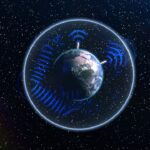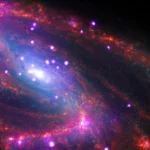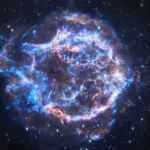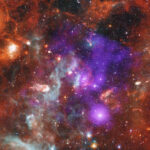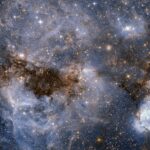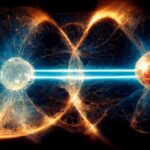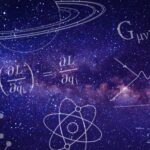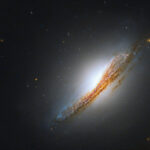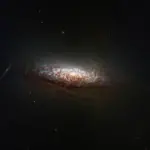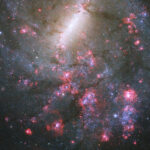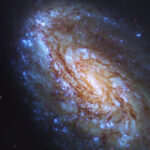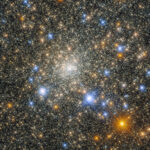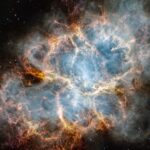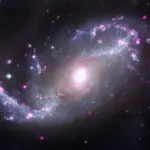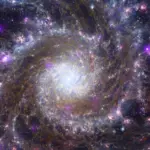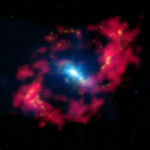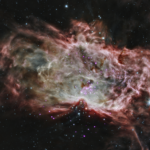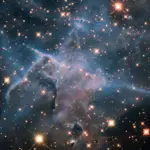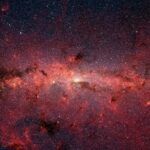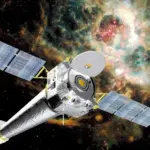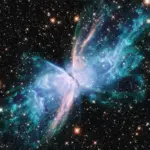The European Space Agency (ESA) is an independent intergovernmental organization that develops Europe’s space capability for scientific exploration, technological development, and the benefit of all Europeans and the world. Founded in 1975, ESA has 23 Member States and is headquartered in Paris, with technical operations centred at the European Space Research and Technology Centre (ESTEC) in the Netherlands. Its mission includes exploring Earth, the Solar System, and the Universe, developing space-based technologies, and promoting European industry.
Aspects of ESA
- Mission:To ensure Europe’s capabilities in space are shaped for the peaceful exploration of space, the benefit of its citizens, and the advancement of science and technology.
- Membership:
ESA is an intergovernmental organization, and its 23 Member States (including countries like France, Germany, Italy, Spain, and the United Kingdom) are represented at its governing Council. - Headquarters & Facilities:
Its headquarters are in Paris, France, with ESTEC in the Netherlands serving as its technical centre for testing space technologies and satellites. - Key Activities:
Scientific Exploration:Developing space missions like the Euclid telescope to study the cosmos and the Biomass mission to monitor forests.
Earth Observation: Using satellite technology to study Earth, its environment, and resource management.
Technology Development: Pushing the boundaries of science and technology through various projects, including lunar missions with NASA’s Commercial Lunar Payload Astronaut Training: Training and supporting astronauts for space exploration.
Industry & Services: Fostering space-based technologies and services to support various sectors like transport, health, agriculture, and energy.
Independent Organization:
While closely tied to the European Union through a Framework Agreement, ESA is an independent organization and not the EU’s space agency, though it also develops European space policy.
Member and cooperating states
As of 2025, ESA is composed of 23 Member States, with additional associate members and cooperating states, including Canada.
- Member States: Austria, Belgium, Czech Republic, Denmark, Estonia, Finland, France, Germany, Greece, Hungary, Ireland, Italy, Luxembourg, the Netherlands, Norway, Poland, Portugal, Romania, Slovenia, Spain, Sweden, Switzerland, and the United Kingdom.
- Associate Members: Latvia, Lithuania, and Slovakia.
- Cooperating States: Bulgaria, Croatia, Cyprus, and Malta have cooperation agreements.
Organization and funding
- Headquarters: ESA’s headquarters are located in Paris, France, where policy is set by the governing Council, which is composed of representatives from each member state.
- Decentralized facilities: Various specialized centres are distributed across Europe for different activities, such as mission control in Germany and astronaut training in Cologne.
- Budget: ESA’s budget for 2025 was €7.68 billion, with funding coming from member states in two ways:
- Mandatory programs: All member states contribute to the science and general budget, with the contribution size based on each country’s gross national product.
- Optional programs: Member states can choose to contribute to programs like human spaceflight, exploration, and navigation.
- Industrial contracts: ESA follows a “georeturn” policy, ensuring that member states receive contracts for industrial projects proportional to their financial contributions.
Programs and missions
ESA conducts a wide array of programs covering various fields of space science and technology.
Space science and exploration
- Solar System exploration: Missions include the BepiColombo spacecraft to Mercury (with JAXA), the Solar Orbiter to study the Sun, and the JUICE mission, which is on its way to Jupiter to study its icy moons.
- Astronomy: Notable missions include the Herschel infrared observatory, the Planck satellite, and the Euclid telescope designed to study dark energy and dark matter.
- Robotic exploration: The ExoMars program (with Roscosmos, though cooperation was severed after 2022) explored Mars, with the Trace Gas Orbiter remaining operational. Future plans include long-term robotic infrastructure for Moon and Mars exploration.
- International collaborations: ESA is a key partner in the James Webb Space Telescope (JWST) with NASA and the Canadian Space Agency (CSA). It is also a partner in NASA’s Artemis program, providing the European Service Module for the Orion spacecraft.
Earth observation and applications
- Copernicus program: With the European Union, ESA develops and operates the Sentinel satellite missions for Earth observation, which provide data for climate monitoring and other applications.
- Meteorology: ESA develops and operates the Meteosat and MetOp satellite constellations for weather forecasting.
- Navigation: ESA is involved in the development of the Galileo global satellite navigation system.
Launch vehicles
- Ariane and Vega: ESA develops the Ariane and Vega family of rockets to ensure Europe’s independent access to space. The inaugural flight of the new Ariane 6 occurred in 2024.
- Reusable systems: The agency is developing technologies for reusable launchers, including the Space Rider space plane and the Themis reusable rocket stage.
Space safety
- Planetary defence: The Hera mission, Europe’s first planetary defence mission, is designed to study the aftermath of a NASA impact on an asteroid.
- Space weather and debris: ESA operates a space safety program to monitor and mitigate hazards from space weather and orbital debris.
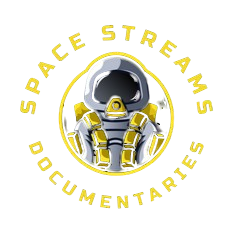
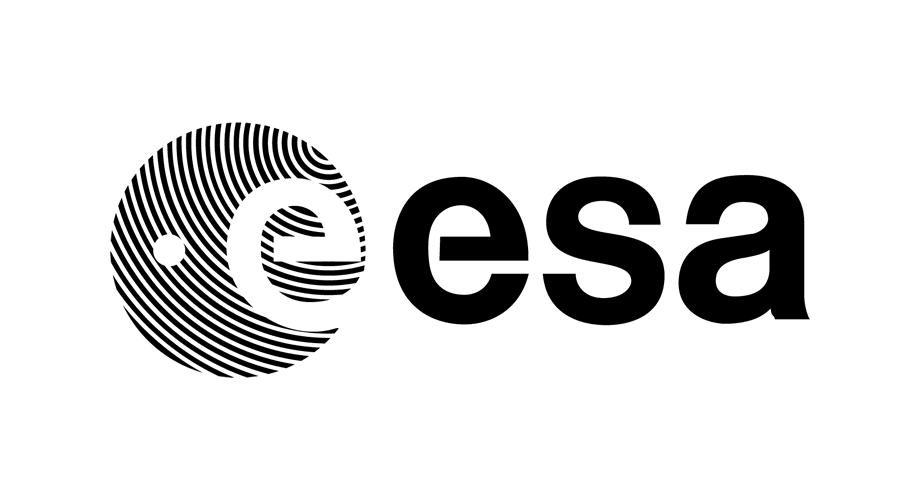
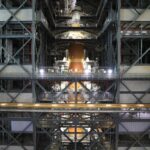
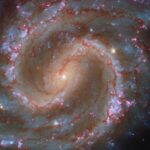

![International Space Station (ISS) Camera's Capture Views Of Hurricane Matthew [Unedited] YT image](https://space-streams.com/wp-content/uploads/2025/10/space-station-storm-mathew-yt-150x150.png)
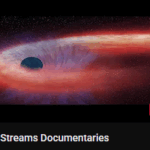
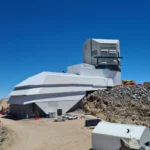
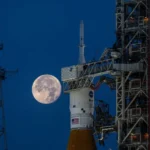
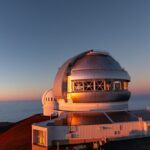
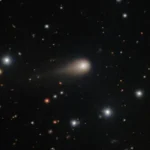

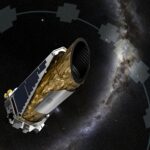
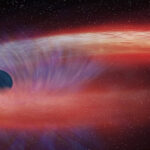
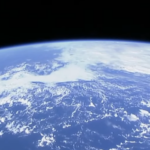

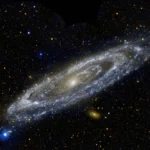
![Space Streams - Nebula [Ambient] image](https://space-streams.com/wp-content/uploads/2024/11/space-streams-nebula-150x150.png)
